-
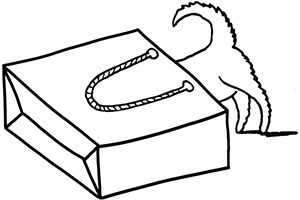
Your Shopping Bag is empty
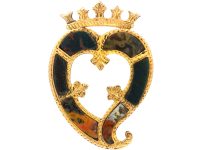
Want a Closer Look?
Book a virtual appointment with one of our resident jewelry experts, here in London.
Book Your Virtual Consultation

 Free USA Shipping
Free USA ShippingI have never seen a Scottish weeping heart brooch with a crown above so I was thrilled to find this amazing 9ct gold brooch that was made circa 1860. It has been set with bloodstone and agate with fine engraving on the gold.
Also referred to as “pebble” jewellery, this colourful and exuberant jewellery originated in Scotland utilising traditional Highland themes employing native agate and granite to punctuate the popular designs. The stones were precisely cut to form designs conforming to the setting, often to such tight tolerances as to form a seemingly seamless mosaic.
Much of Scotland’s Highland heritage was squelched after the 745 rebellion against the English and outward symbols of clan allegiance were forbidden. At the turn of the nineteenth-century interest in Scotland was renewed in the readers of the popular historical novels by Sir Walter Scott. Basing his stories in the rich history of the Highlands, he presented an idealised and romanticised view of his beloved Scotland. Queen Victoria made her first visit there in 1842 and loved it so much that she purchased Balmoral castle in 1847, making it a home for English monarchs on into the twenty-first century.
With the advent of railways a new tourist trade sprang up as those who were previously not able to afford leisure travel could now do so. Scotland became a prime destination not only for its beautiful scenery but because of the fascination it held for their Queen.
This led to many pieces of jewellery being made for the new tourist trade. Gold Scottish pebble jewellery is rare as most pieces were made of silver, so this 9ct gold brooch is a wonderful survival from the mid 19th century. It has been set with bloodstone various agates including a bloodstone. The weeping heart and crown is most likely a reference to Mary Queen of Scots who was beheaded by her cousin Elizabeth 1st.
The Details
Gold Scottish jewelleryScottish jewellery was in large part popularized by Queen Victoria, who purchased the Balmoral estate, located in the Scottish highlands, as a royal retreat in 1848. It was often designed in the Celtic manner, sometimes directly inspired by ancient examples. The thistle, the national emblem of Scotland, was also a common motif in Scottish jewellery. Furtherm... More is much rarer than silverA metallic element which is malleable and ductile, and white in colour, making it ideal for use in jewellery. It is usually mixed with copper to improve its hardness.
More pieces and this brooch is a lovely example.
We offer FREE SHIPPING on all USA orders.
All orders are fully insured and dispatched from London via DHL Express Worldwide.
30-day, full money-back guarantee on all purchases.
We calculate and pre-pay all customs, taxes, and duties (DDP) at checkout so your order arrives hassle-free.
Items over 100 years old (HS Code 9706900000)
Duty exempt with signed declaration
Items under 100 years old (HS Code 7113.11)
Duty applies
Please note:
Additional state-level fees ($40–80) may apply; we cannot cover these.
If U.S. Customs contacts you, let us know.
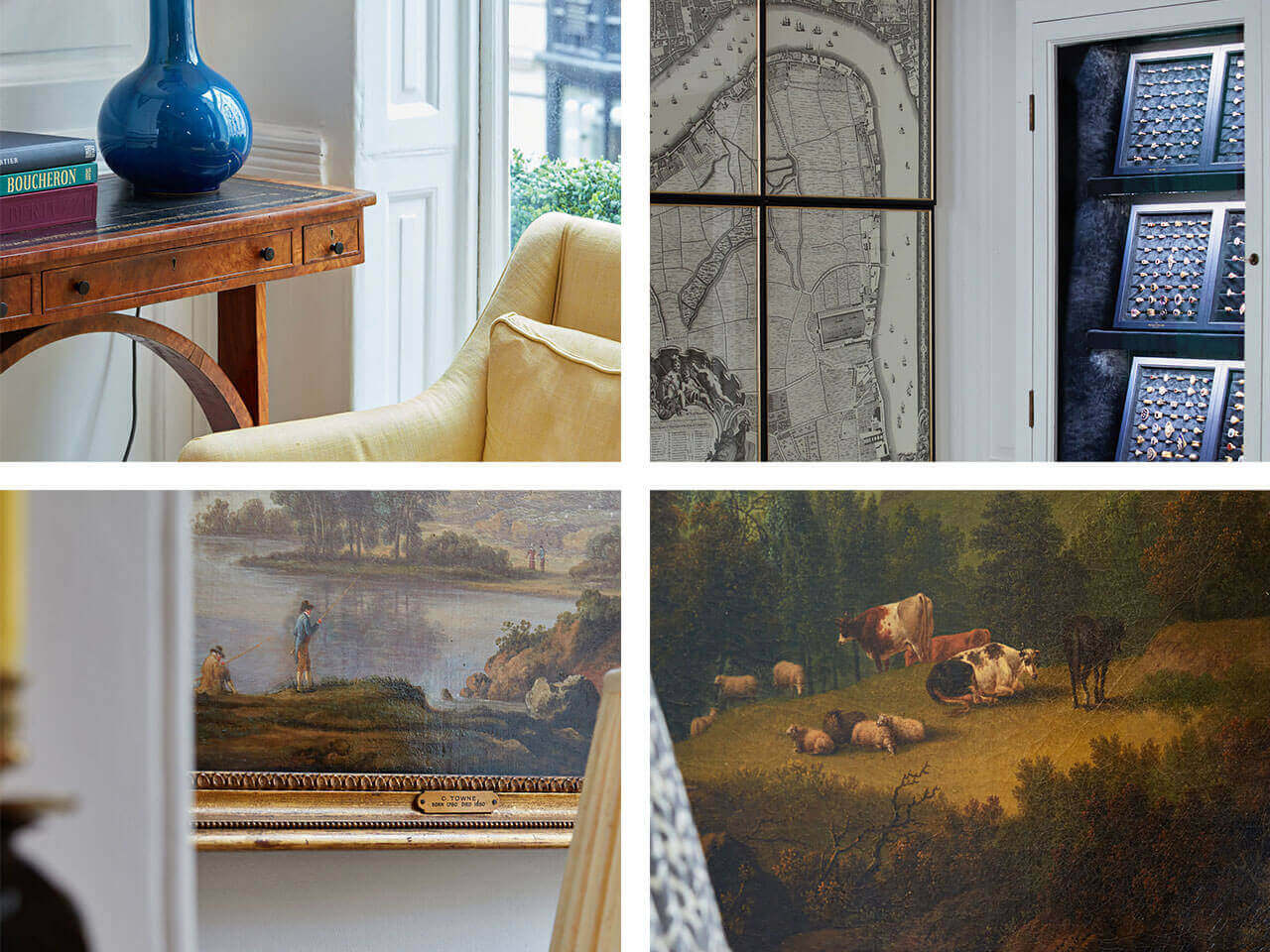

Book a virtual appointment with one of our resident jewelry experts, here in London.
Book Your Virtual Consultation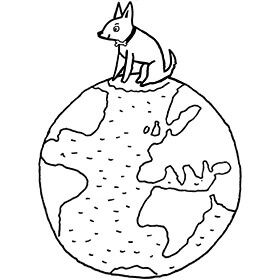
Buying vintage jewelry is both ethical and eco-friendly as harmful and destructive mining processes are not needed to make an item yours.
Find Out More

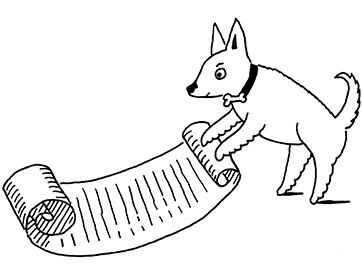
We always stand by our five core principles:
Quality, Rarity, Expertise, Peace of Mind and Personal Touch